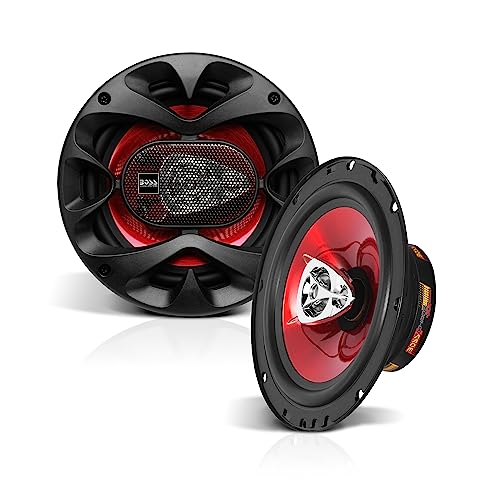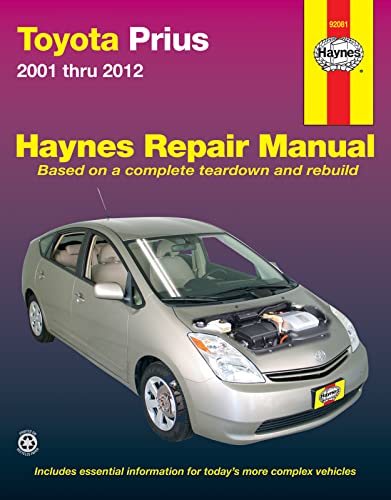As an Amazon Associate, I earn from qualifying purchases
Are you curious about whether Toyota uses metric or standard measurements in their vehicles? Understanding this can save you time and avoid confusion when working on your car or buying parts.
Whether you’re a DIY enthusiast or just want to know more about your Toyota, this article will clear things up for you. Keep reading to find out exactly which system Toyota relies on and how that affects your experience.

Credit: www.yokohamatire.com
Toyota’s Global Manufacturing Approach
Toyota operates as a global car maker with factories across many countries. This wide reach shapes how they handle measurements and standards in their production. They must balance different measurement systems to keep quality high and processes smooth. Their global manufacturing strategy helps them meet the needs of local markets while staying true to Toyota’s standards.
Manufacturing Locations Worldwide
Toyota builds cars in over 27 countries. Factories exist in Japan, the United States, Europe, and Asia. Each location serves its nearby market and exports vehicles worldwide. This spread means Toyota adapts to local rules and practices. It also affects the tools and units used on the factory floor.
Impact On Measurement Systems
Toyota mainly uses the metric system for design and production. Most countries use metric units like millimeters and kilograms. In places like the U.S., Toyota may adjust to standard units for local parts suppliers. Still, the core design and engineering rely on metric measurements. This approach ensures consistency and reduces errors across global plants.
Metric System In Toyota Vehicles
Toyota uses the metric system in many aspects of its vehicles. This system measures length, weight, and volume in units like meters, kilograms, and liters. It is a common choice for automakers worldwide.
The metric system helps Toyota maintain clear and consistent standards. It simplifies design, manufacturing, and maintenance processes. Toyota’s use of metric units aligns with most countries’ measurement systems.
Common Metric Measurements Used
Toyota often measures engine size in liters. Tire pressure is given in kilopascals (kPa). Vehicle weight is noted in kilograms. Fuel efficiency is shown in kilometers per liter or liters per 100 kilometers. These units make technical information easy to understand globally.
Benefits Of Metric Units
The metric system is simple and logical. It uses base 10, making calculations easier. Toyota can share data with suppliers and customers worldwide without confusion. Maintenance and repairs also become straightforward. Metric units help Toyota produce reliable and consistent vehicles.
Use Of Standard Units In Toyota
Toyota uses both metric and standard units depending on the market. The company adapts its measurements to suit regional preferences. This helps Toyota meet local regulations and customer needs.
In some regions, Toyota uses standard units like inches and pounds. These units are common in countries where the imperial system is still popular.
Regions Using Standard Measurements
Standard units are mainly used in the United States. The U.S. prefers inches, feet, and pounds for vehicle specs. Toyota models sold here follow this system. Other countries, like Liberia and Myanmar, also use standard units sometimes. Toyota adjusts its manuals and labels for these markets.
Application In Specific Models
Toyota applies standard measurements in models designed for the U.S. market. Cars like the Camry, Corolla, and Tacoma show specs in miles per hour and inches. This makes it easier for buyers to understand. Tire sizes, engine power, and fuel economy are also listed in standard units. This approach helps Toyota maintain clarity and consistency in those regions.

Credit: www.amazon.com
Comparing Metric And Standard Systems
Understanding the difference between metric and standard systems helps clarify Toyota’s choices. These measurement systems affect how parts fit and work. Knowing their key traits makes it easier to see why one system is used more than the other. This section compares the metric and standard systems and explains Toyota’s preference.
Differences In Measurements
The metric system uses units like millimeters and centimeters. It is based on tens, which makes calculations simple. For example, 1000 millimeters equal one meter. The standard system uses inches, feet, and pounds. It is not based on tens, so conversions can be tricky. One foot has 12 inches, and one pound has 16 ounces.
Metric measurements are smaller and more precise. Standard measurements are often larger and less exact. The metric system works well for engineering and design. The standard system is common in everyday life in some countries.
Why Toyota Chooses One Over The Other
Toyota mainly uses the metric system. Their cars have many parts made in Japan, where metric is standard. This system helps keep parts uniform and easy to measure. Metric tools and machines match the parts perfectly.
Toyota sells cars worldwide. Using metric makes it easier to share designs and parts globally. The standard system is less common in Toyota’s main factories. Still, some Toyota dealers in the U.S. may use standard tools for repairs. Overall, the metric system fits Toyota’s needs better for quality and consistency.
Effect On Consumers And Mechanics
The choice between metric and standard measurements affects both consumers and mechanics in many ways. It changes how they handle maintenance, repairs, and buying parts. Knowing which system Toyota uses helps avoid confusion and extra costs. This knowledge makes work smoother for mechanics and easier for car owners.
Maintenance And Repair Considerations
Toyota mainly uses metric measurements. This means nuts, bolts, and screws are sized in millimeters. Mechanics need metric tools to fit these parts correctly. Using the wrong tool can damage parts or cause loose fits. Consumers must understand this to avoid mistakes during DIY repairs. Knowing the measurement system reduces repair time and errors.
Tools And Parts Compatibility
Metric tools fit Toyota vehicles better than standard ones. Parts like wrenches, sockets, and screwdrivers should match metric sizes. Using standard tools may not provide a proper grip and can strip bolts. Consumers buying parts should check if they are metric. Mechanics stock metric parts to ensure smooth repairs. This compatibility saves money and keeps the vehicle safe.

Credit: www.bonoss.com
Future Trends In Toyota’s Measurement Usage
Toyota continues to evolve its use of measurement systems. The future holds shifts driven by global trends and new technologies. These changes aim to improve efficiency and align with worldwide standards. Understanding these future trends helps see how Toyota adapts to a changing world.
Global Standardization Efforts
Toyota works toward using one measurement system globally. This effort supports smoother manufacturing and easier parts exchange. The company leans toward the metric system due to its global acceptance. Standardizing measurements reduces errors and cuts costs in production. It also helps Toyota meet international regulations and customer needs.
Technological Advances Impact
New technology influences how Toyota handles measurements. Digital tools enable precise and fast measurement conversions. Automation and smart systems reduce human error in measurement tasks. These advances support Toyota’s shift to metric units in many areas. Technology also helps Toyota track and improve quality in real time.
Frequently Asked Questions
Does Toyota Use Metric Or Standard Units In Manufacturing?
Toyota mainly uses metric units like millimeters and liters in its manufacturing process.
Why Does Toyota Prefer Metric Measurements Over Standard?
Metric units are easier to convert and are used globally, making them ideal for Toyota.
Are Toyota Cars Made With Metric Or Standard Parts?
Most Toyota car parts are designed and measured using the metric system.
How Does Toyota Handle Markets Using Standard Units?
Toyota converts measurements to standard units when selling in countries like the USA.
Do Toyota Manuals Use Metric Or Standard Units?
Toyota manuals usually show metric units first, with standard units as a secondary reference.
Is It Easy To Convert Toyota Specs From Metric To Standard?
Yes, Toyota specs can be easily converted using simple formulas or online converters.
Conclusion
Toyota mainly uses the metric system in its vehicles and manuals. This is because the metric system is standard in Japan and many other countries. Some markets, like the U. S. , may use standard units in certain parts. Understanding this helps when working on or buying Toyota cars.
Knowing which measurement system applies can save time and avoid mistakes. Overall, metric units are the primary choice for Toyota worldwide. This makes it easier for global production and service. Simple and clear measurements help both drivers and mechanics.
As an Amazon Associate, I earn from qualifying purchases


